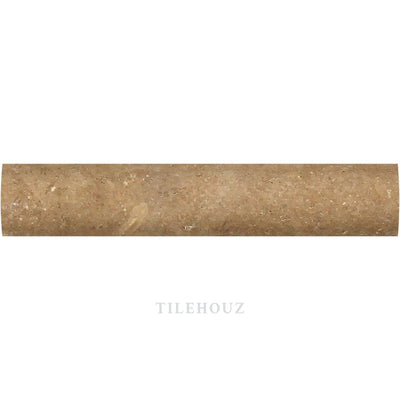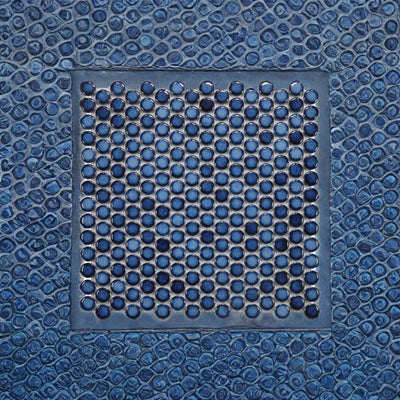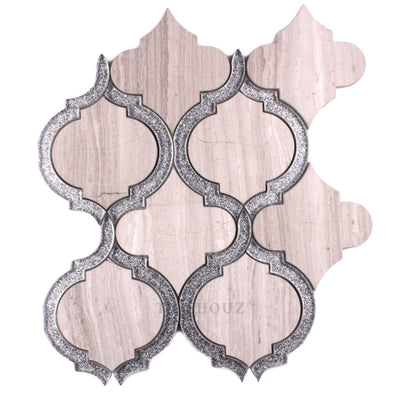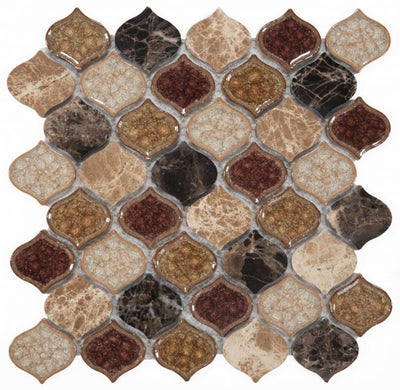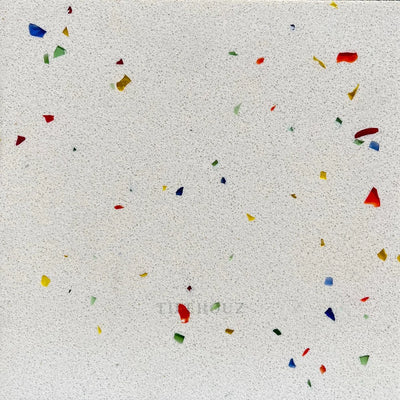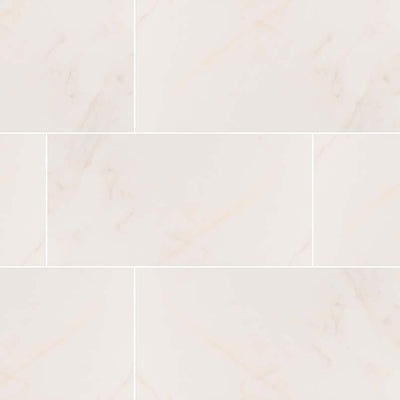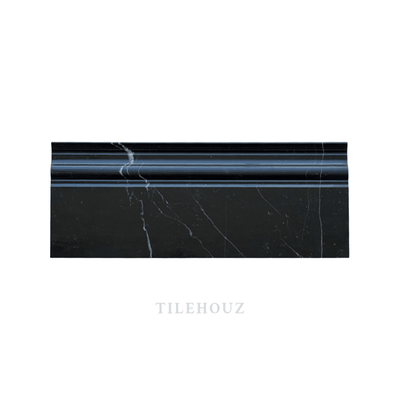12 Tips for Maintaining Limestone Tiles for Long-lasting Beauty
Limestone tiles offer a timeless elegance that can elevate any space, but keeping them looking their best requires some care and attention. In this guide, we’ll delve into practical tips that ensure your limestone tiles maintain their beauty for many years to come. From cleaning techniques to preventative measures, discover how to preserve the elegance of your stone floors with ease.
1. Understanding Limestone’s Unique Qualities
Limestone is a natural stone known for its beauty and durability. However, its porous nature requires specific maintenance to prevent damage and staining. The softness of limestone, although aesthetically appealing, demands careful handling, especially in areas susceptible to wear. As a sedimentary rock composed primarily of calcite, limestone often features unique textures and patterns resulting from the organic materials and minerals within it. Its porosity allows it to absorb liquids, making it crucial to act quickly on spills. Understanding these characteristics aids homeowners in making informed decisions for their maintenance routine.
Moreover, limestone tiles bring a unique elegance to any space, ranging from creamy whites to soft greys, making it a versatile choice for various design styles. This visual appeal is complemented by its eco-friendly nature, as limestone is a naturally occurring stone, reducing the carbon footprint associated with high-energy processing required for synthetic materials.
2. Choosing the Right Cleaning Products
Opt for pH-neutral cleaners to avoid damaging your limestone tiles. Strong acidic or alkaline products can erode the surface and dull its shine. The gentle nature of pH-neutral products ensures thorough cleaning while preserving the integrity of the stone. It’s a common misconception that harsher chemicals clean more effectively; in reality, they can compromise the stone’s surface, leading to costly repairs.
For an eco-friendly approach, consider natural cleaning solutions that both protect your tiles and reduce environmental impact. These products not only maintain the tiles’ elegance but also align with sustainable practices. Always read labels diligently to ensure compatibility with natural stone surfaces. Using inappropriate products could result in unwanted chemical reactions, leading to discoloration or etching.
3. Regular Dusting and Sweeping
Routine dusting and sweeping help prevent dirt and grit from scratching the surface. Use a soft broom or a vacuum with a brush attachment for best results. Despite its durability, limestone’s surface can easily gather micro-scratches if not cared for properly. These small abrasions can accumulate over time, creating a dull appearance that detracts from its natural beauty.
Focusing on high-traffic areas increases the longevity of your floors significantly. Consider it part of a daily or weekly regimen, especially in busy households or commercial settings. This practice not only keeps the tiles clean but also reduces the likelihood of stubborn stains forming from accumulated dust and debris.
4. Swiftly Addressing Spills and Stains
Act quickly to clean up spills, especially those from dark liquids like coffee or wine, to prevent permanent staining. Limestone’s absorbent nature means such stains can become ingrained if not promptly dealt with. Blotting rather than wiping is crucial—this action absorbs the spill without spreading it.
Consider investing in specialized cleaning kits designed for natural stone if your floors see common spills. These kits often contain materials that neutralize staining agents promptly without causing harm to the tiles themselves. Ensure that after cleaning, the affected area is properly dried to avoid watermarks or additional moisture penetration.
5. Implementing a Sealing Routine
Regularly sealing your limestone tiles provides a protective barrier against stains and moisture, enhancing their longevity. Sealing should be part of your post-installation maintenance plan and renewed periodically, depending on the foot traffic the area receives. The choice of sealant—from penetrating to topical varieties—depends on the desired finish and specific floor conditions.
Sealing frequency varies with usage type and intensity. For example, a heavily used kitchen floor might necessitate more frequent sealing compared to a decorative wall feature. Always follow manufacturer recommendations for sealant application and curing times to ensure optimal protection and aesthetic preservation.
6. Protecting with Rugs and Mats
Place rugs or mats at entrances and high-traffic areas to minimize wear and tear on limestone tiles. These additional layers serve as effective barriers against the abrasive effects of debris and dirt tracked indoors. They catch grime that would otherwise be left to mark your pristine stonework.
Select mats with non-slip backings to enhance safety and prevent additional movement that could scuff the floor. A well-placed rug not only adds a splash of style but also contributes significantly to prolonging the tile’s lifespan in busy areas such as hallways or foyers.
7. Monitoring and Adjusting Humidity Levels
Limestone can be sensitive to extreme humidity changes. Keeping your home’s humidity levels stable can prevent damage over time. Consider using humidity monitors to maintain recommended levels, which also supports the well-being of other household elements beyond your flooring.
If you reside in environments with fluctuating humidity, investing in a dehumidifier or humidifier could be worthwhile. These devices help protect not only your tiles but can also maintain a comfortable living environment year-round.
8. Avoiding Heavy Impact and Scratches
Be mindful of dragging heavy items across limestone surfaces, as this can cause scratches and chips. It’s prudent to use furniture pads or protective coasters under heavy items, distributing weight more evenly across the tiles.
When rearranging furniture, lift rather than drag items to avoid surface friction and stress. Such preventive measures preserve the elegance and integrity of your flooring over the long term, maintaining their inviting ambiance intact.
9. Spot Testing New Cleaning Solutions
Before using any new cleaning product, test it on an inconspicuous area to ensure it won’t damage or discolor your tiles. This step is crucial to understanding the chemical interactions that may occur between the cleaner and the limestone.
Spot testing offers peace of mind, saving potential future damages that might not be immediately reversible. It’s a small-scale experiment that can prevent large-scale issues, ensuring you maintain the beauty of your tiles without unnecessary risk.
10. Gentle Mopping Techniques
Use a damp, not wet, mop with a gentle cleaner to prevent water from penetrating the limestone. Ensuring the mop is well wrung is key, as excess water can seep into the tiles’ pores, compromising their longevity and appearance.
Regular, gentle mopping mitigates dust and grime build-up, reducing the frequency of more intensive cleaning sessions. In turn, this preserves the tiles’ aesthetic and functional qualities over time, making everyday maintenance effortless and less time-consuming.
11. Educating Household Members
Inform everyone in your household about the care instructions for limestone tiles to prevent accidental damage from improper cleaning methods. This shared knowledge fosters a collective responsibility towards maintaining the home’s aesthetic standards.
Consider creating a visible list or guide on preferred cleaning practices that remind all household members to handle the tile surfaces with care. This collaborative approach ensures everyone contributes to the longevity and beauty of your limestone floors.
12. Scheduling Professional Maintenance
Consider hiring professionals for deep cleaning and resealing to maintain the pristine condition of your limestone tiles. Expert services often have access to advanced tools and techniques that can rejuvenate your floors beyond regular housekeeping capabilities.
Professional intervention not only revitalizes the tiles’ appearance but also extends their lifespan. Scheduling these visits regularly—perhaps annually—helps you stay ahead of wear and damages that can diminish their elegance over the years.

